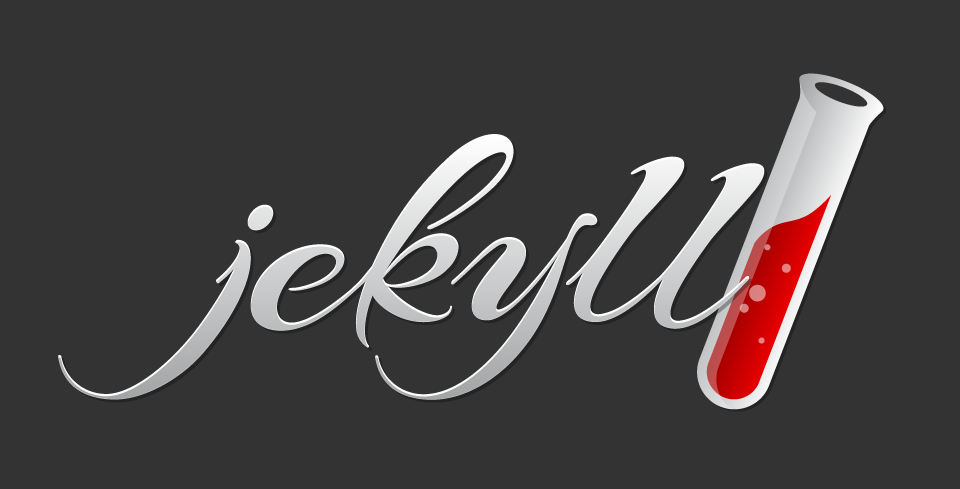Migrating a blog to Jekyll

In this article, I share tips for migrating a blog to Jekyll from other
platforms like Hugo which I was previously using. My main motivation to shift
was to get a lower friction writing experience and hopefully re-start blogging more frequently. Since Github Pages automatically
rebuilds Jekyll Websites
with every commit, writing a new post can be as simple as creating a new file in the _posts folder on
Github website rather than requiring a develpoment environment.
This post assumes you are already familiar with the basics of Jekyll and have gone through the tutorial provided by Github to setup Github pages with Jekyll. The tips here cover customization to make the blog migration work just the way you want.
Keeping old post addresses when migrating
When migrating blogs, we typically want to retain existing post addresses so that any incoming links and search results
do not get disrupted. Blog posts in Jekyll are typically placed under the _posts folder and have a filename of the
form yyyy-mm-dd-post-name.md and appear on the web with the path /year/month/date/post-file-name which may not
correspond to how the pages appeared in the old blogging system.
The easiest way to ensure the old posts retain the same address as previously is to hard-code the old address using the
permalink setting in the post front-matter. For example here is the front-matter of my
Nile color theme post.
1
2
3
4
5
6
7
---
layout: post
title: "A color theme inspired by the beautiful scenary of the Nile riverbank in Egypt"
tags: design
permalink: /blog/nile-color-theme/
author: "Hariharan Srinath"
---
Using non-standard themes
Github Pages supports a dozen or so themes out of the box which can be applied
using the theme chooser
in the website. You can however also use any other theme hosted publically on Github by configuring
the remote_theme option it in your _config.yml file.
Here’s an example of how I use the latest version of the minima which supports a dark mode option instead
of the old stable version supported by Github. To use a remote_theme, point the setting to the
repository path under Github like below. In the case of minima, this is
jekyll/minima
1
2
3
remote_theme: jekyll/minima
minima:
skin: dark
Overriding default colors and styles in minima
In Jekyll, the colors and styles of a website or a blog is defined in files in sub-folders like
_sass and assets/css. When a Jekyll site uses themes, these folders are not present
in the user’s site folder because they’re pulled in automatically by Jekyll from the theme.
While this allows for a plug and play experience, the first thing we’d usually want to do after migrating a blog is to customize its look and feel. We can do this by overriding the colors and styles settings in the these theme files.
In Jekyll, a file at a particular in a particular relative path in the user site folder overrides any corresponding file in the theme. So to override any setting, the best practice is:
- Clone the theme repository down to your development machine
- Identify the specifc file which contains the setting you want to override
- Copy over the file to your own site in the same relative folder path creating folders if necessary
- Make the the change in the version of the file in your site folder
The latest version of the deault minima, theme conveniently provides
two files where custom styles
and SASS variables can be
defined to override the default settings without making changes in the theme files themselves.
/_sass/minima/custom-styles.scss/_sass/minima/custom-variables.scss
To override, simply create a /_sass/minima folder, copy over these two files and start adding them in. Below are
examples of changes I have made to make my site title bigger, bolder and change its color.
custom-styles.scss
1
2
3
4
5
6
7
// Placeholder to allow defining custom styles that override everything else.
// (Use `_sass/minima/custom-variables.scss` to override variable defaults)
.site-title {
@include relative-font-size(2.5);
font-weight: 500;
}
custom-variables.scss
1
2
3
// Placeholder to allow overriding predefined variables smoothly.
$site-title-color: #e9ff59;
Overriding the layout of pages and posts
Overriding the layout of pages and posts is simliar to overriding styles. Layouts are contained in _include
and _layout folders in the theme and to override, we copy over the corresponding file to our site folder
and make the change. The final layout applied to a page is often composed of a hierarchy of
layouts and partials - so it may take a bit of detective work to determine exactly where to make a change.
Reading through the documentation is highly recommended.
Here is an example of a change I have made in the _layouts/post.html file where I add a DRAFT word
before a post title if the page status is draft. The is expressed using an if statement
from the Liquid templating language. The statement checks if the
page.draft variable is set and if so, appends the word DRAFTto the title.
1
2
3
4
5
6
7
---
layout: default
---
<article class="post h-entry" itemscope itemtype="http://schema.org/BlogPosting">
<header class="post-header">
<h1 class="post-title p-name" itemprop="name headline">Migrating a blog to Jekyll</h1>
Conclusion
This article hopefully addresses some of the common questions that arise when migrating blogs to Jekyll and covers customization of themes in a simple way. Please drop me an email at srinathh at gmail in case you have any coments or thoughts.
